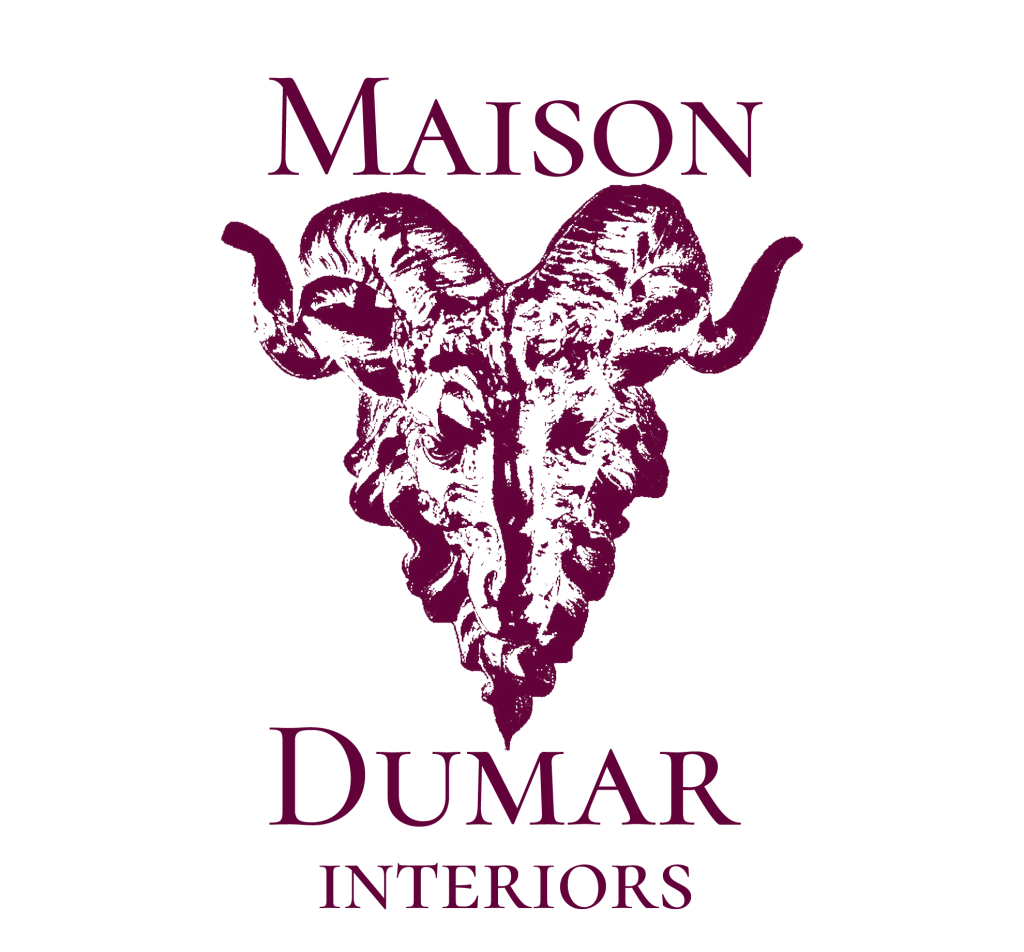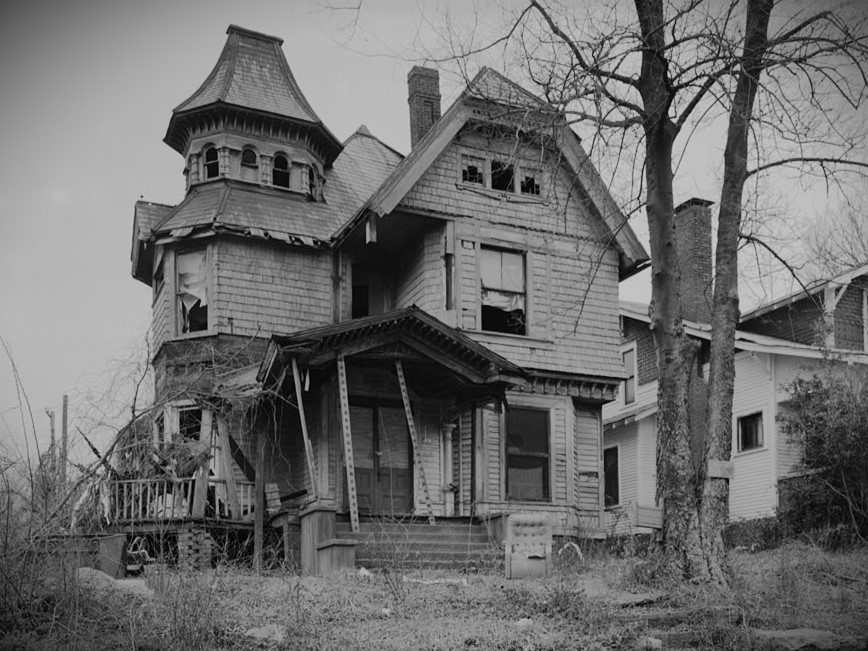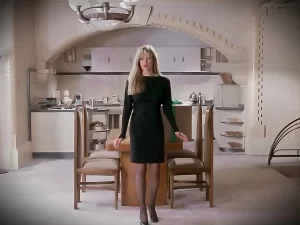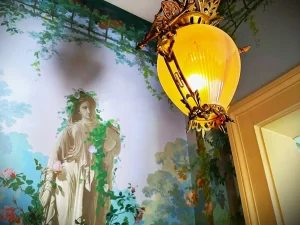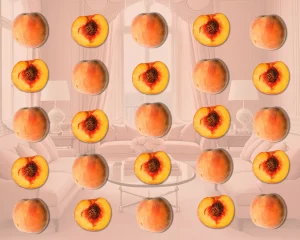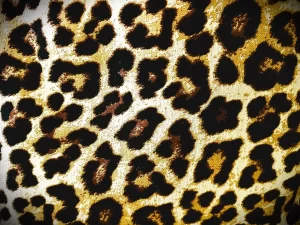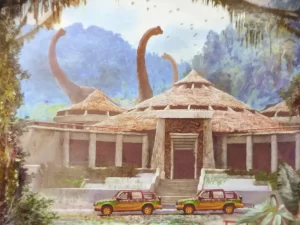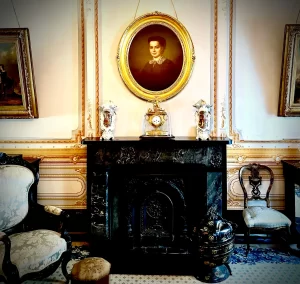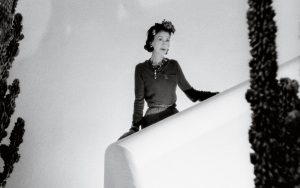When we think of Halloween, it’s hard not to summon up images of archetypal haunted houses. You know, Italianate clapboard buildings with mansard roofs and wrought iron widows’ walks. The roots of this association go back only about a century. During the interwar period, many Victorian houses began to fall into disrepair in the United States and their deteriorated state certainly gave them a spooky appearance. However, their haunted reputation may have also arisen from widespread disfavor for Victoriana after the late 19th-century reformist movement—a form of aesthetic bias that still lingers in our public imagination.
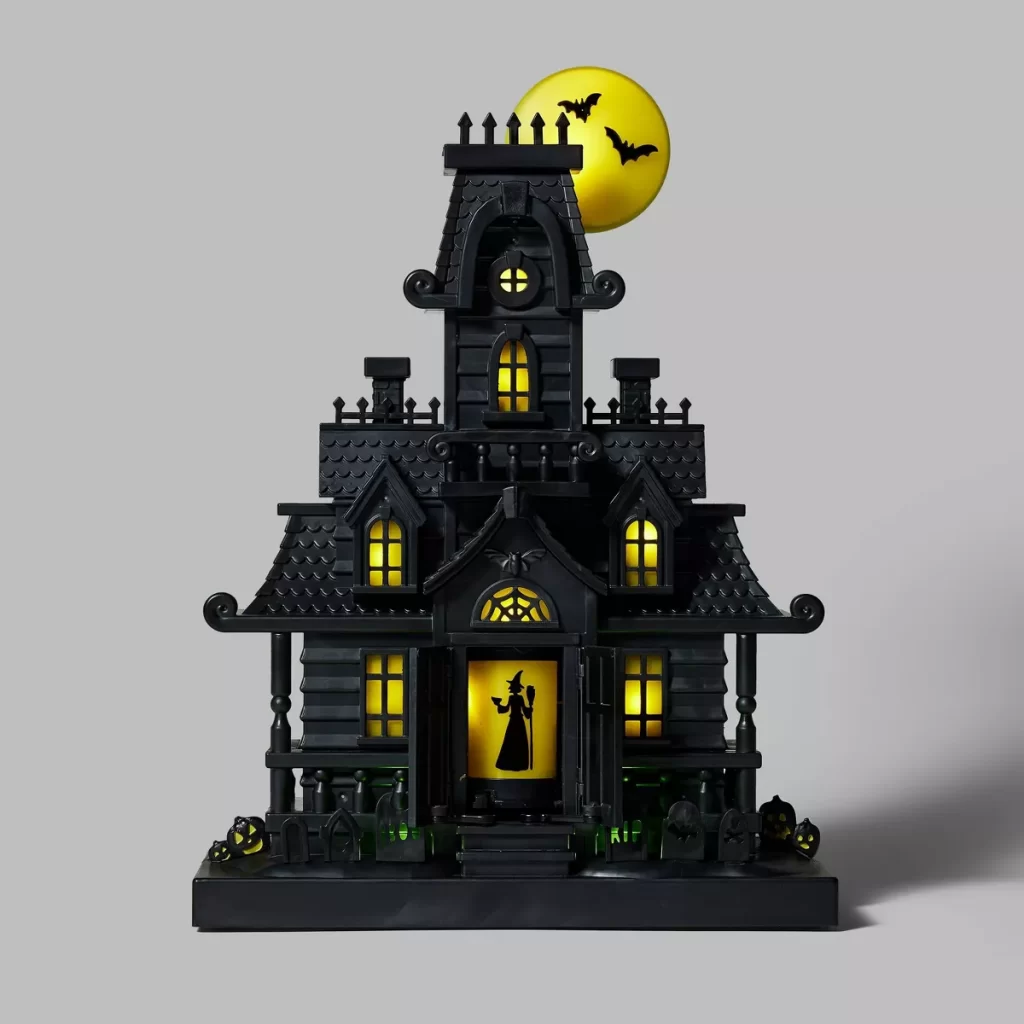
These days, Victorian interiors are undergoing a reassessment of sorts, shedding their creepy reputation. Like Dr. Frankenstein, Victoriana enthusiasts on social media eagerly attempt to resurrect the style, even if their efforts don’t always hit the mark. In the spirit of the Halloween season, let’s peel back the layers of history and unearth how Victorian houses and interior design became “scary.”
Walpole’s Nightmare
We of the 20th and 21st centuries aren’t the first to revive a design style, or even to associate it with the supernatural! If we look back to the late 18th century, we’ll find Britons and Europeans of that time seeking to reconnect with their past through profound national and cultural introspection.
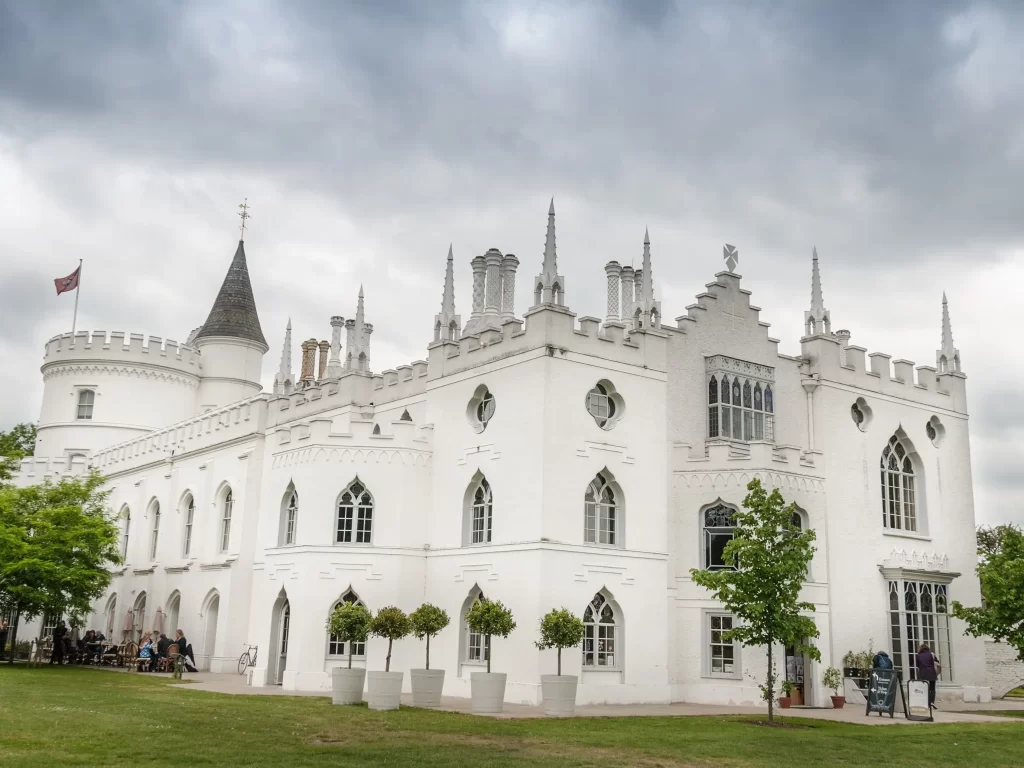
Under the influence of such romantic reverie, Horace Walpole published “The Castle of Otranto” in 1764. The story was inspired by a nightmare he had within the confines of his Neo-Gothic house, Strawberry Hill. Notably, the house’s design prefigured the Gothic Revival of the 19th-century. Walpole’s novel consequently birthed a literary genre and etched the connection between the Gothic and horror. Even to this day, the word “Gothic” often conjures up images of the dark and eerie.
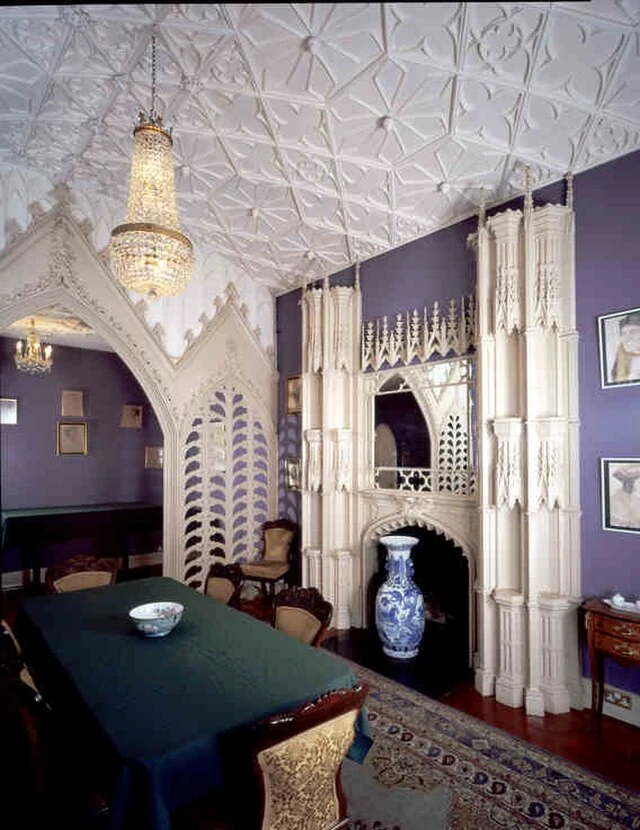
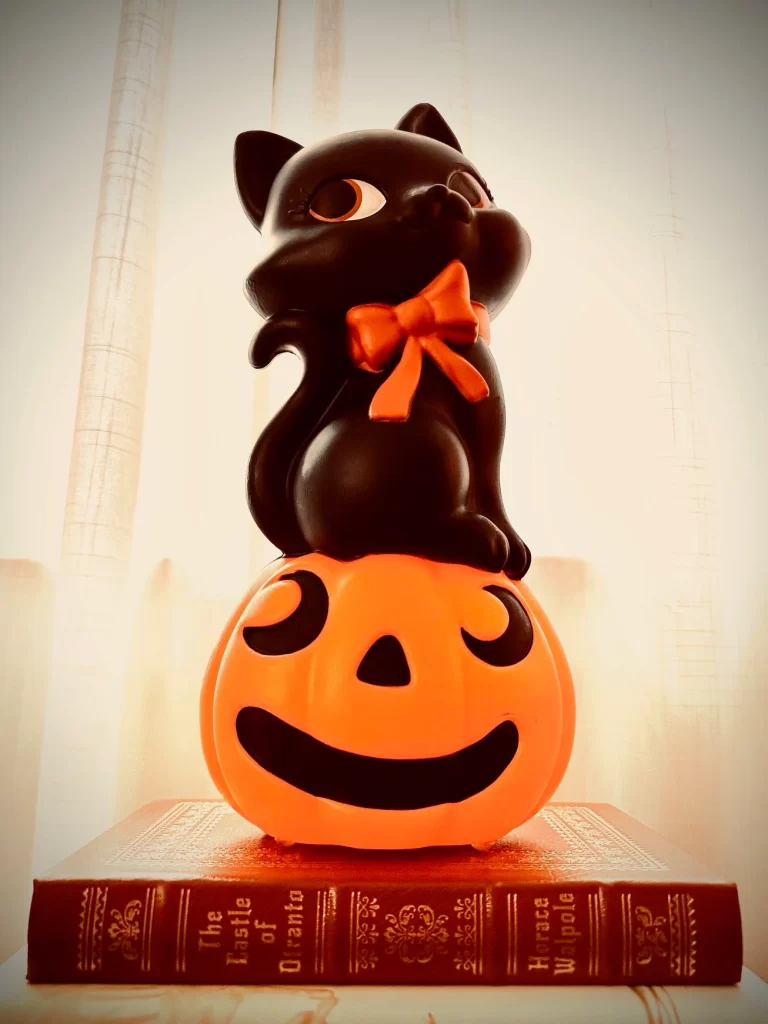
Various authors would follow in Walpole’s footsteps into the 19th century and release some of the most famous works of Gothic fiction—or what we might now call “horror”. Mary Shelley’s “Frankenstein”; Bram Stoker’s “Dracula”; and the short stories and poetry of Edgar Allen Poe are all common fixtures of today’s Halloween lore in much the same way as the derelict Victorian mansion.
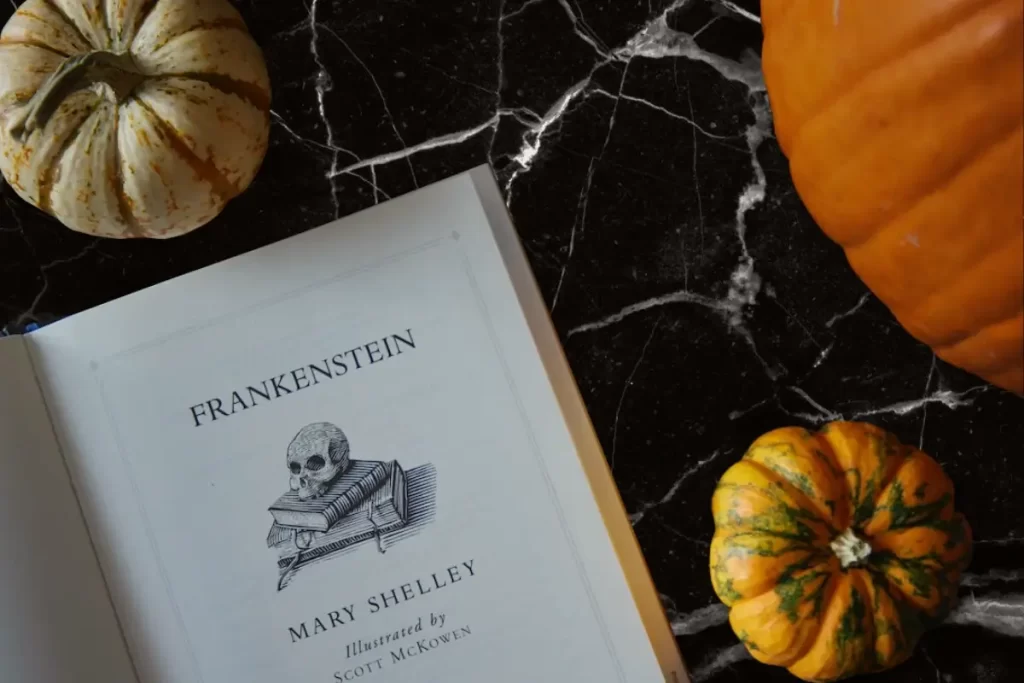
Horror Vacui
Spooky tales, initially set within the damp stone walls of European Gothic castles, eventually found their way into opulent yet cobweb-laden American Victorian mansions. During the early 20th century, likely catalyzed by the World Wars, critics and commentators condemned the extravagances of the Victorian era as immoral. Instead, they advocated for the ascendancy of (to their eyes) clean, wholesome modernism over decadent aristocratic tastes. This notion gained further traction through popular media, such as “The Addams Family” and, later, “The Munsters” – eccentric, macabre aristocrat families residing in dilapidated Victorian dwellings. In other words, suspect and therefore un-American.
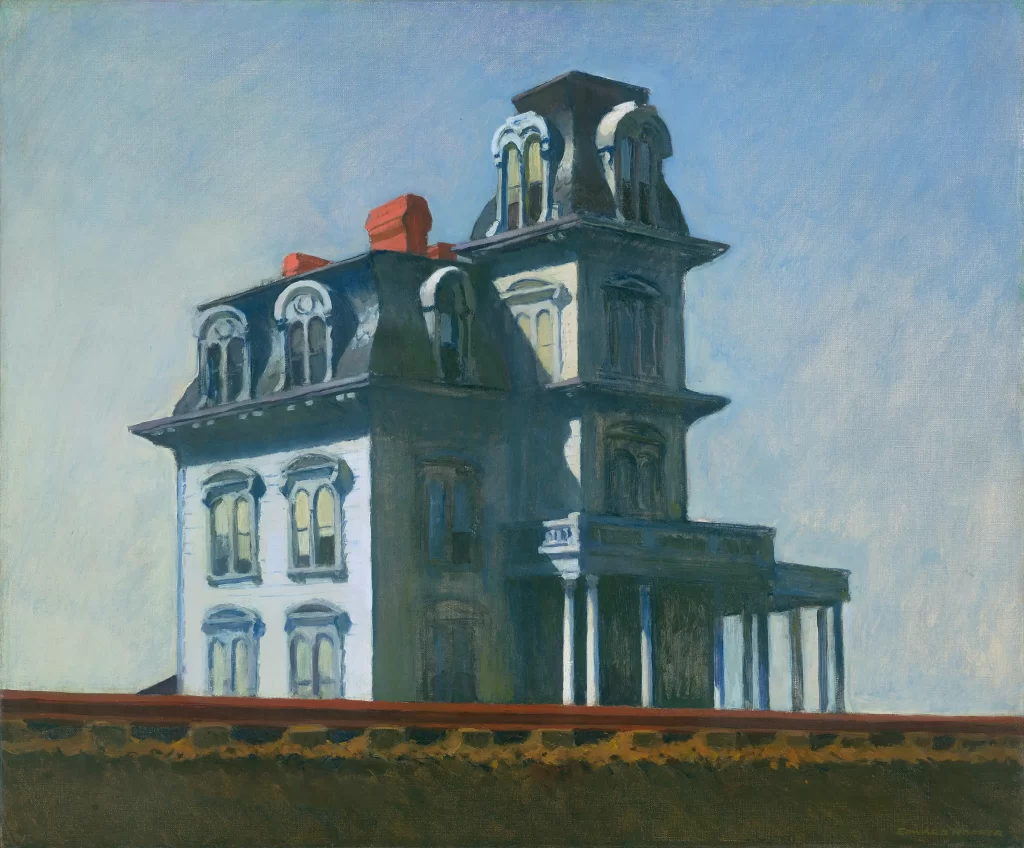
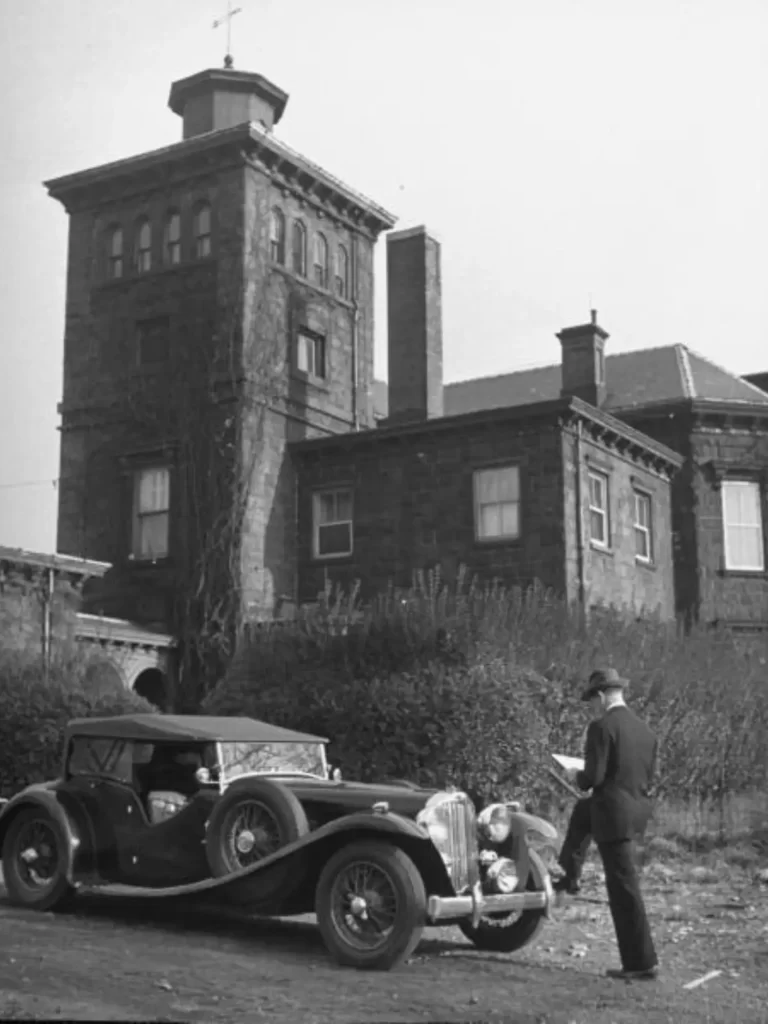
Of course, Victorian styles were not universally popular even in their own time.
For the most part, the Victorians certainly appreciated their interior arrangements. For the first time in history, thanks to the Industrial Revolution, interior decoration had become democratized. Furniture once relegated to the upper classes could now be purchased by anyone with a decent income. And did they ever buy! This newfound accessibility led to a surge in consumer demand for ornate and lavish furnishings, contributing to the often cluttered and opulent Victorian aesthetic. In the 20th century, Italian art critic Mario Praz would use the term horror vacui to describe the Victorian tendency to fill every available space!

However, there were still some who bemoaned all of this new excess. Reformers like Charles Eastlake and, later, William Morris practically crusaded against middle-class Victorian tastes. They sought to counteract what they perceived as extravagant decoration. As is often the case when the lower classes rise to prominence, the upper classes sought to hold them at bay. Still, Eastlake’s aesthetic never really caught on in his home country. His “Arts and Crafts” movement would only gain traction in the United States at the beginning of the 20th century.
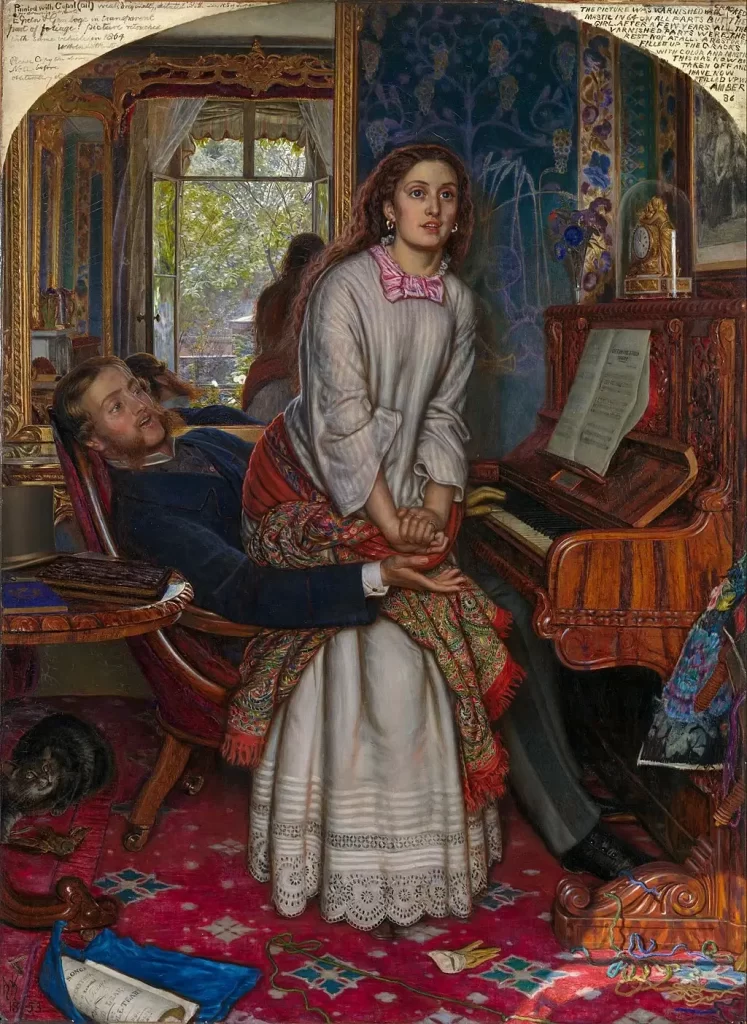
Haunting Beauty
The cluttered look so popular with Victorians has largely fallen out of mass favor in recent years. Still, it lives on in small pockets of niche enthusiasts and in many good houses, often referred to by that dreadful market term maximalism.
Nevertheless, Victorian aesthetics seem to have always carried an air of unease throughout their history. The next time you see a Victorian-style haunted house at Halloween, take a moment to appreciate the rich history that brews together the beauty and spookiness of 19th-century design.
